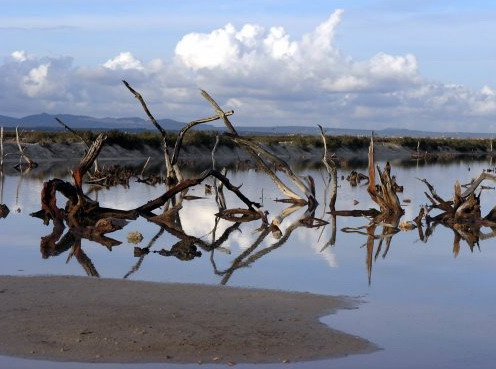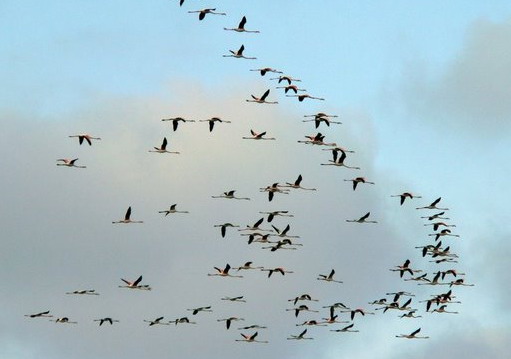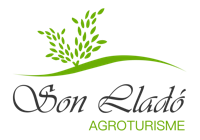The natural park of “Es Trenc-Salobrar” in Campos is located 4 km away from Agroturisme Son Lladó. It consists of a wetland area of about 1500 hectares, which also includes the beach of “Es Trenc” and “Ses Covetes”, with its corresponding dunes and pine forests, the surrounding farmland and the ponds of the salt works, from which a highly prized salt is extracted.
Since 1991 it is a protected area by the Lay de Espacios Naturales defined as a Natural Area of Special Interest (ANEI). This protection is of vital importance for the beach of “Es Trenc-Ses Covetes” as it is considered the last great virgin sandy area of Mallorca.

But, in this post, we will focus on presenting the area des Salobrar, whose landscape value is known by most visitors to these beaches, since it is necessary to access them through it, but with ecological values mostly unnoticed or unknown.
The marsh of Es Salobrar is home to an ecosystem with flora and fauna adapted to the salinity of its waters and the winter winds. In the coastal area and in the first dunes, herbaceous plants, sea holly and sea lily predominate. Then, in a second dune front, the juniper, laburnum or mastic trees appear, forming the beginning of an extensive pine forest. Further inland, this pine forest gives way to the vegetation of the salt marsh, with species such as salicornia and tamarisk.
Throughout the area are also present some of the species of mammals and reptiles of the island.

But the greatest ecological value and biological interest is represented by the migratory birds that gather in Es Salobrar. Some thirty species of nesting birds have been detected and a dozen more winter in this area.

